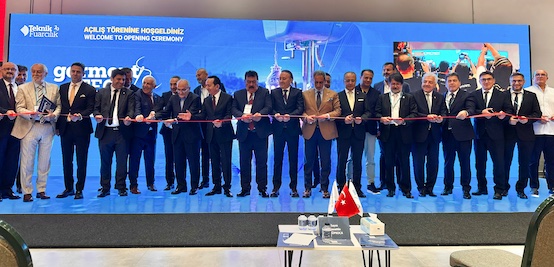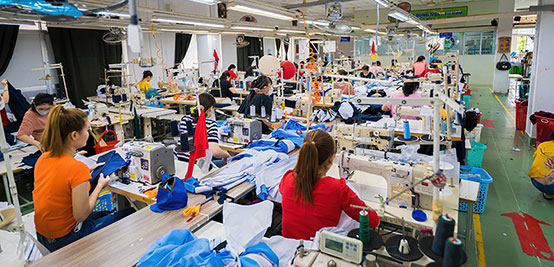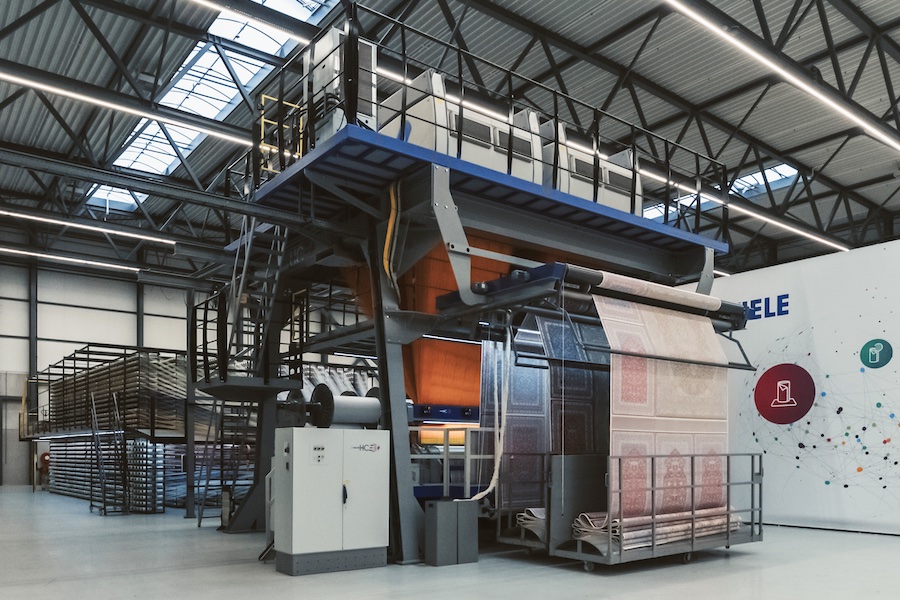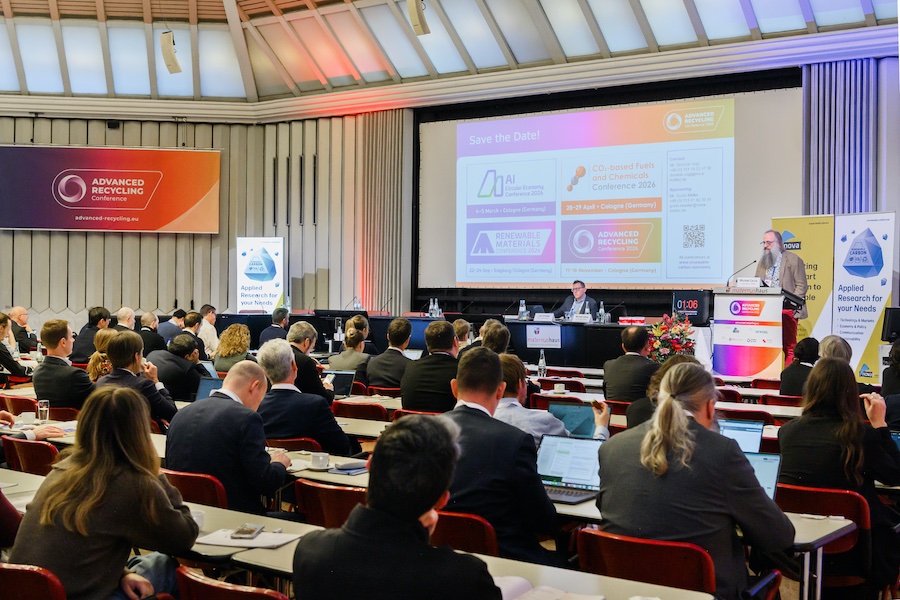#HIGHTEX 2026
Tissue paper technologies to meet global buyers at HIGHTEX 2026

As Türkiye’s first and only specialized exhibition in the field of technical textiles and nonwoven technologies, HIGHTEX 2026 will bring together the latest products in many industries — such as medical, automotive, aviation, hygiene, agriculture, food, construction, smart textiles, and geotextiles — between June 9–13, 2026.
Following the pandemic, personal hygiene has become a top priority for consumers worldwide, particularly in the U.S. and Europe. Products such as toilet paper, facial tissues, and kitchen towels are no longer seen merely as cleaning tools but as the first line of defense for safe living spaces free from germs.
The global tissue paper market to reach USD 72.2 billion by 2035
According to recent market research, the global household tissue paper market is projected to grow at an average annual rate of 5.5% between 2025 and 2035, reaching a volume of USD 72.2 billion. Increasing hygiene awareness and living standards in urban areas constitute the main driving forces behind this growth. The convenience and hygiene advantages offered by disposable products have become a decisive factor in consumer preferences.
Consumers are turning towards sustainable and eco-friendly products
The European tissue paper market is estimated to be worth USD 50.55 billion in 2025, and to reach USD 59.55 billion by 2032 with a growth rate of 1.6%. The U.S. market, on the other hand, is expected to rise to USD 29.16 billion by 2033. This increase clearly reflects consumers’ shift towards sustainable, premium, and environmentally friendly products.
This transformation in consumer behavior has turned tissue paper from a basic necessity into an inseparable part of a hygiene-oriented lifestyle. On the corporate side, hospitals, schools, hotels, and offices continue to increase consumption of these products as hygiene standards tighten. Thus, tissue papers have become an indispensable link in the sustainable hygiene chain of both private living spaces and public facilities.
High-potential markets: Latin America, South Asia, the Middle East, and Africa
The global tissue paper products market has a broad and dynamic structure in terms of product type, end user, distribution channel, and regional distribution. Various categories such as paper towels, napkins, wet wipes, toilet papers, diapers, and incontinence products continue to evolve with innovations in production technologies and changing consumer expectations. On a global scale, North America, Europe, and East Asia constitute the developed markets, while Latin America, South Asia, Oceania, the Middle East, and Africa represent new markets with high growth potential.

The right platform for new business opportunities and global connections
HIGHTEX 2026, to be held in Istanbul, will bring together this multi-layered global market structure under one roof, providing a strategic trade platform that creates new business opportunities for manufacturers, suppliers, and international buyers.
Located at the crossroads of the European, Asian, and African markets, Istanbul — with its geographic position, advanced fair infrastructure, and strong logistical advantages — will become a regional center of innovation and collaboration, where the latest technologies in the tissue paper sector will be showcased. Thus, HIGHTEX 2026 will offer companies operating in developed markets, as well as manufacturers seeking to expand into emerging ones, the opportunity to build global connections and sustainable partnerships. By bringing this innovative direction in tissue paper technologies to a global-scale showcase, HIGHTEX 2026 will open up new collaborations and market opportunities for industry professionals.
Sustainable and eco-friendly production technologies in tissue paper at HIGHTEX 2026
The tissue paper technologies to be exhibited at HIGHTEX 2026 will include advanced machinery systems, fiber processing methods, and eco-friendly material solutions used in the production of toilet paper, paper towels, napkins, and tissues.
Among the innovations in this field are new pulp preparation systems blending cellulose and alternative plant fibers, high-speed Crescent Former machines, Yankee cylinders that add softness and durability to paper, and advanced drying methods such as TAD (Through-Air Drying). In addition, embossing and lamination techniques give products both volume and aesthetic appeal, while lotions, perfumes, and antibacterial coatings provide extra comfort.
The industry is also transitioning to eco-friendly production models through energy efficiency, water recovery, the use of recycled fibers, and Industry 4.0-compatible digital systems. Environmental concerns and regulatory standards are encouraging manufacturers to develop recyclable packaging and biodegradable products. Chemical-free bleaching processes and water-saving production techniques are reducing the carbon footprint.













